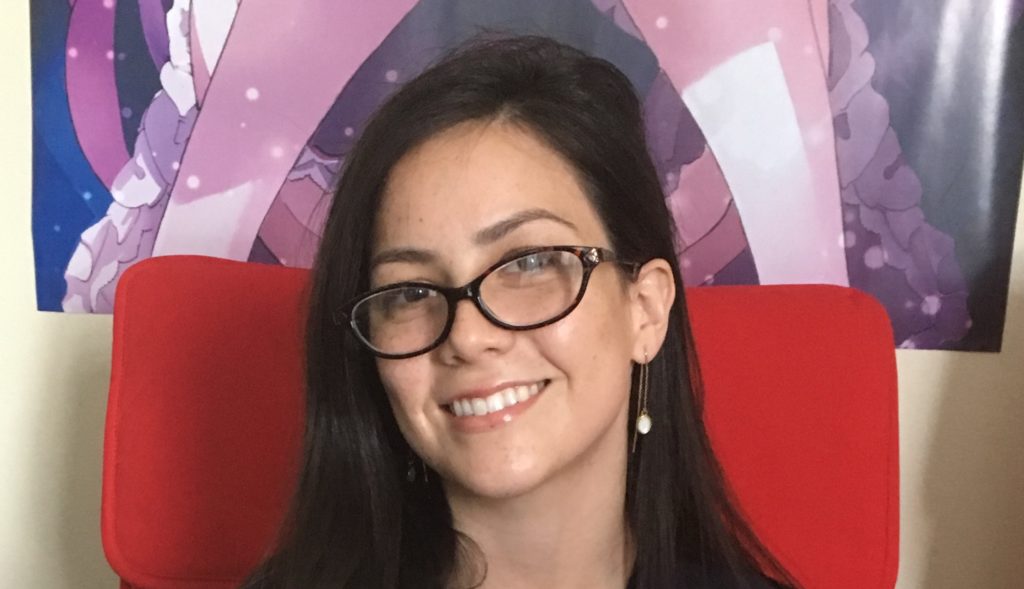How to Prepare and Negotiate Patent Assignments and License Agreement
Patent assignment is the changing of ownership of an invention from the original owner to another owner while license agreement is the permission granted through a written contract where the territory, purpose and period are defined and agreed to by the parties involved. Here is the process involved with patent assignment and license agreement and how one goes about the two processes:
Patent Assignment
The change of ownership is a process that starts with the filling of a recordation cover sheet. The cover sheet includes the name of the assignor and the name of the assignee. The names of both the assignors and the assignees if many should all appear. Inclusive is also the patent number and title. Secondly, the assignor and assignee should complete a patent assignment agreement stating that the assignor has a right to assign the patent and it should describe the property entirely and clearly. It also explains any financial or other transactions that may have taken place. The assignor and assignees then sign the agreement, and it is later submitted to the patent office.
The patent assignment involves the complete transfer of the exclusive rights. With the patent assignment, it happens that some patent owners give away ownership rights while others charge a one-time fee after which the assignee collects all profits arising from the intellectual property.
Preparation of License Agreement
The preparation of license agreement involves Due Diligence and the Valuation of Technology.
Due diligence is a term used to refer to some concepts involving the performance of a person, business or an investigation. The purpose of due diligence is assessing potential risks and benefits associated with the patent and come up with strategies to overcome any found risks. Due diligence is conducted within the bounds of the law. Information needed for due diligence involves, patent ownership, the adequacy and validity of offered rights, government impact on rights of patented inventions and whether the patented technology can perform as per expectations.
Technology valuation involves assessing whether the patented technology has limitations and methods used to value technology. Technology gets evaluated through considering cost approach where costs for protecting, commercializing and developing the technology are assessed. The other approaches are a market and income approach. Income approach involves guessing what the new technology will generate.
License Negotiation
The license negotiation process starts with the search for a suitable licensee. The licensee may be voluntary in that it was their initiative to purchase your invention. An involuntary licensee applies in the case of infringement where the licensor threatens of sue the infringing part if they do not agree to a license agreement and purchase of the patent. The search for a suitable licensee is over, and the licensee has been found, the other process falls into place which includes:
The Preparation Phase
This phase involves going through the introduction of the business objectives and establishing a team of experts from the technical, legal and financial areas. It also consists of the preparation of a summary of the critical commercial issues to appear in the license agreement and the party position on such a problem. It happens to be the most important part since it is usually almost impossible to overcome or recover from inadequate preparation.
The Discussion Phase
Usually, the discussion phase is characterized by the endorsing the advantages and opportunities offered by the inventions technology and the licensee going through the documentation and information under a confidentiality agreement.
Bargaining Phase
Here, the licensor and the licensee agree on the amount payable for royalties. Either, the licensor could ask for full payment of his or her invention after which the licensor is free to enjoy all the benefits that come with owning the patent.
During the negotiation process, one should:
Hope for win-win outcome
For the operation to be smooth, both parties must be satisfied with the result after negotiations. If one side is not happy, they are likely to even exceed the other party’s benefits all in search for contentment. To avoid this, individuals should have negotiations resulting in a win-win outcome.
Create Different Options
These options get to be exploited thus resulting in an outcome that pleases both parties involved. It also involves sharing options that may be cheap to one side bit of value to the other party as it mostly results in the best outcome.
Identify important issues to oneself
It guides one to keep in mind that most probably he or she could get a lower position than what they aimed for but with excellent benefits. Rare are the cases where the outcome is equal to or is higher than the expectation especially to the licensee.
During negotiations, they should avoid threatening or arguing with each other, underestimating of their opponent, losing credibility, an individual negotiating against themselves and throwing surprises at each other.
In conclusion, the process of patent assignment and legal agreement is long and also time-consuming though done to help the involved parties come to a desirable agreement since it involves negotiating.

